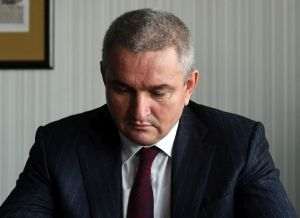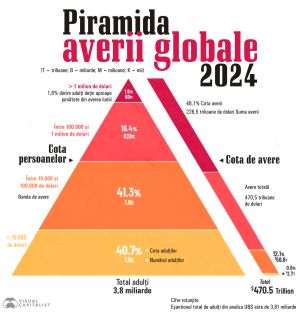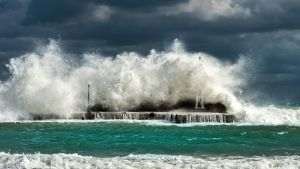The government sector can borrow this year more than it needs to relieve the pressure generated by the funding gap at the non-governmental sector level, seeing as he expects capital inflows to be significantly lower than outflows, Mugur Isărescu, the governor of Romania"s Central bank, said.
Mr. Isărescu reached this conclusion based on the report concerning Romania"s foreign funding for 2009.
According to this report, the governmental sector"s foreign debt on December 31st 2008 stood at 10.7 billion Euros, of which 1.6 billion Euros in short term debt due this year. Subject to the Government"s decisions, to the budget deficit level, and to the budget that is pending approval by the Parliament, the necessary funding can reach 2-3, or even 4 billion Euros, Mr. Isărescu mentioned. He claimed that the public foreign debt does not run the risk of a funding gap, with the amounts needed coming from pre-accession and structural funds, and previously contracted loans which are unfolding this year.
The Governor of the Central Bank said that on November 30, 2008, short term debt of companies operating in the private sector was 24 billion Euros, and at the end of last year, it had dropped to 22.5 billion Euros. It is divided between the banking sector, which holds over 10 billion Euros in short-term debt, and the non-financial banking sector, including loan brokers (IFNs), which holds close to 14 billion Euros in short-term debt.
When it comes to the debt of the banking sector, almost 90% of it goes to the big banks, said the NBR governor. "We have the guarantee that 9 billion Euros in short term debt will be rolled-over", the Governor said.
For the private non-banking sector, funding is more volatile, as it is only renewable at a rate of 60% at best, if we consider that for the leasing sector, the roll-over rate during the previous years, was around 50%, Mugur Isărescu added.
He also explained that the non-banking market is far more atomized than the banking sector, with the 15 biggest players, including loan brokers, holding over 30% of the short term foreign debt. The governor said that the first nine companies in the sector, such as Dacia or Petrom, hold close to 20% of the debt of the private non-banking sector.
The governor explained that lumping together long and short term debt and using this as a reason for a possible rating cut for Romania"s would be biased, as it automatically assumes a bank run would occur.
On the issue of the current account deficit for the year 2008, Mr. Isărescu announced that the deficit has hovered close to its 2007 levels, amounting to some 16 billion Euros, far less than the 18% level estimated by foreign reports. In relative terms, the current account deficit has suffered a big adjustment last year, and it is at worst 12.5% of the GDP, said the Governor, who added that so far only the rate of the current account deficit is known, but not the GDP for Q4. Romania"s current account deficit for 2007 neared 14% of the GDP.
The deficit shrunk 1% following the slowdown seen in the non-government sector at the end of last year, as the public sector deficit was 3 % higher than planned. This will cause an adjustment of the private sector by over 4% of the GDP, the governor explained.
The shrinking of the budget deficit will continue this year as well if the monetary policy will be complemented by the fiscal and budget policy, Mr. Isărescu said.


























































